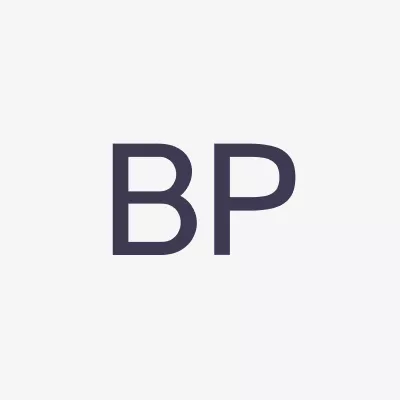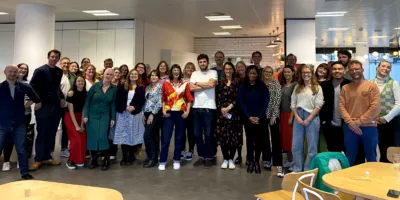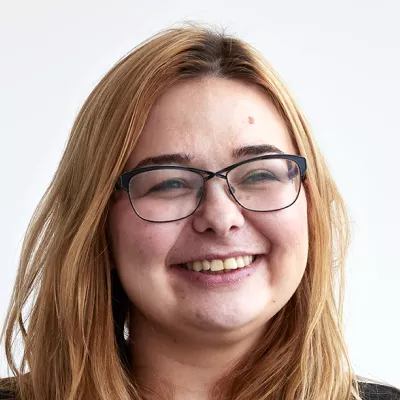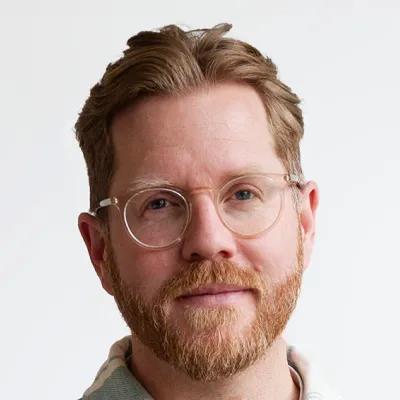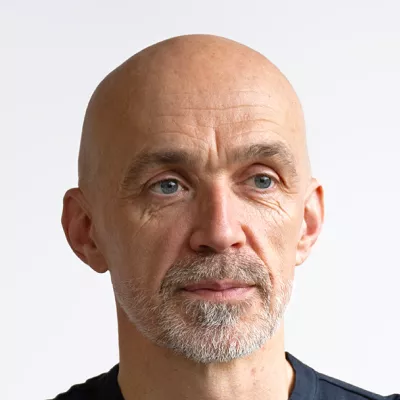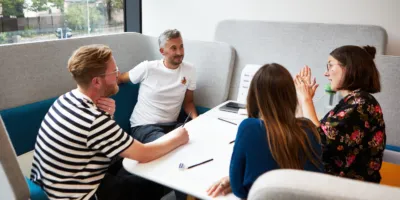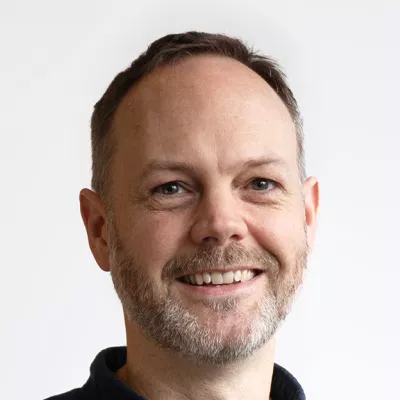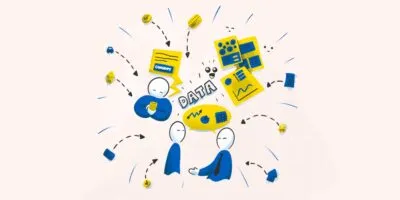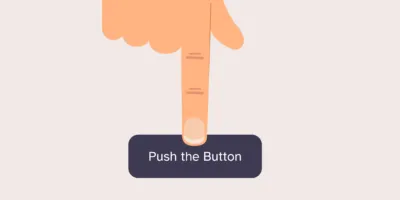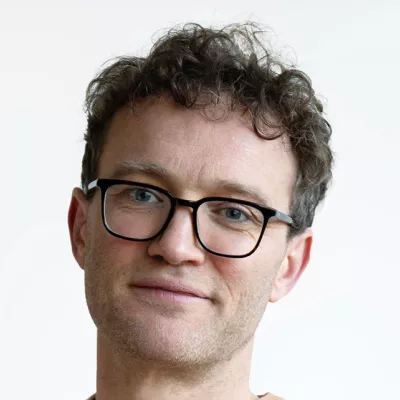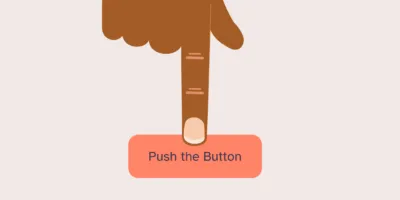31 Mar 2023
Employee Spotlight: Katherine Oliver, Senior Service Designer
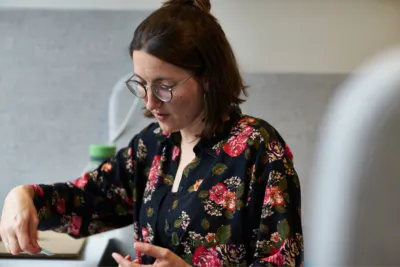
This month’s #employeespotlight is on Katherine Oliver, our super Senior Service Designer. Katherine joined our Public Services team in August 2022. In the blog, she tells us about her journey towards more meaningful purpose-led work.
-
Katherine Oliver
Senior Service Design Consultant
Katherine Oliver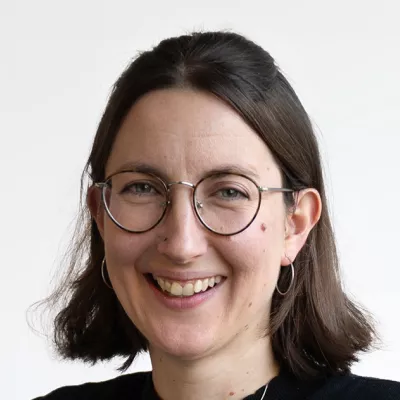
Tell us a bit about your background and experience
I grew up in the English West Country, in a village where there wasn’t much to do but spend time in fields. I longed for city life. I’ve always been a generalist; enjoying doing lots of different things but with no one particular passion. That’s how I found myself doing a degree in Classics without having been to a school that taught it. I liked the variety of studying literature, history, language, philosophy and society of other cultures.
When I came across the field of commercial research and insight during a summer job, I loved the idea of a job where I got to hear people’s thoughts and experiences across lots of different topics and examine what influences and shapes cultures today. It felt like a good entry point into working life as it kept my options open. I applied for some schemes in big market research agencies in London (at last, a big city!) and managed to get a place. I found I had very luckily fallen into an endlessly fascinating and stimulating field.
Twelve years later, I’d worked my way ‘up’ to a Director role in a strategic insight consultancy. I led teams to design and conduct qualitative and quantitative research projects that helped organisations better understand their current and potential customers. This insight was then used to improve customer experiences, products and services to better meet customer needs.
But increasingly, I was feeling unsatisfied. I was working long hours but didn’t feel the outcomes were worth it. I was finding it frustrating ‘just’ doing the research and not being involved in implementing the recommendations to develop or improve a product or service. Furthermore, I felt that a lot of what I was doing was reinforcing existing powerful organisations, rather than helping shift power. I was also becoming increasingly worried about the imperative to cut global emissions to reduce humanity’s impact on the climate. More often than not, my work seemed to be contributing to the problem rather than helping find solutions.
After experiencing a really significant burnout, I decided I needed a change. I wanted to find work that had a more consistently meaningful positive impact, and I didn’t feel I could do that whilst meeting the demands of my current job. I decided to quit my job without a plan. (Fortunately I had some savings so it wasn’t quite as drastic as it sounds). I spent a few months doing lots of yoga, walking and exploring job options by volunteering and talking to lots of people working in different industries. I explored everything from organisational culture to oral history to teaching adult education! But it’s difficult to get a sense of what a job was like without trying it out.
Luckily I came across the On Purpose associate programme – a year-long programme where you gain hands-on experience working with two purpose-driven organisations while also doing an intensive learning and development programme around environmental and societal impact. It was the ideal way to transition into more purposeful work, whilst being paid (minimally). I feel so lucky to have had the luxury of a whole year to learn about the impact sector, consider what I value and how I want to live my life and to have met so many people who do really inspiring work. Here’s just a little snippet of what I learnt.
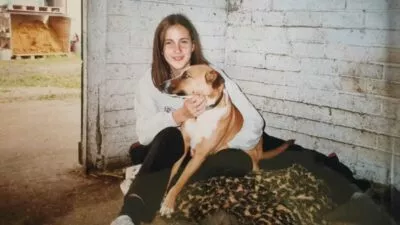
How did you get into service design?
During that period of exploration, a friend recommended I try the Ideo Human Centred Design for Social Innovation course. I found that Human Centred Design (HCD) made immediate intuitive sense. The course gave me words and structures for how I’d been thinking and approaching my work to date, without even realising it was an established approach. I felt HCD offered a way to go beyond ‘just’ doing the research, play to my generalist sensibilities, and (as a growing area in the not-for-profit and public sector) do work that had a positive impact.
Wanting to learn more, I started going to meetups like Service Lab. This helped me meet others working in this space, hear lots of examples of service design in action, and realise how I could speak about some of my previous experience in a relevant way. I also took every opportunity I could to gain more experience by applying HCD approaches – like mapping as-is and to-be journeys based on user interviews – to some of the projects I worked on in my On Purpose work placements.
When I finished On Purpose I decided I wanted to keep exploring, so I did a range of short-term contracts that were all related to service design. First as a design researcher in the public sector and then in research and design roles at not-for-profits like Soil Association and Catch22. I learnt a huge amount around how to support teams to become more human-centred and build HCD capability, and how to meaningfully employ inclusive and participatory research and design practices to ensure people with lived experience drive decision-making.
I’m particularly proud of a project I led at Catch22 to drive digital inclusion by supporting young people facing disadvantage to thrive online. This involved participatory work with young people excluded from school, to understand their experiences and co-design ideas to drive change. The findings were published externally to contribute to sector practice.
Why this job?
In summer 2022 – after a few years of being one of only a few voices in an organisation advocating for adopting human-centred approaches – I was craving work with a group of other HCD practitioners I could learn with and from. I was particularly keen to deepen my prototyping and practical design skills. And having moved after On Purpose to Bristol – to be closer to the countryside and my family – I was looking for South-West based options.
But beyond these criteria, I wanted to keep my options open. I interviewed for various temporary and permanent in-house and consultancy positions across the not-for-profit and public sectors.
As soon as I came across cxpartners, I felt it was the place for me. Everyone I met in the recruitment process was smart, interesting, warm, open and honest. We had candid conversations about my desire to only work on purpose-led projects and how that could fit within a profit and growth-driven organisation. And about how cxpartners treats its employees as fellow humans. I was really impressed and since joining have found that everything I was told is completely true. It sounds corny but I think cxpartners is one of the kindest, most supportive consultancies I’ve encountered.
What projects have you worked on that have had the biggest impact?
In the past six months since joining cxpartners, I’ve worked mainly on projects related to health, which have felt meaningful as our health has such a big impact on our individual lives, and society more broadly. I’ve enjoyed the range of projects in this space, from early implementation of policy for those experiencing mental health crises to testing and improving an app that supports people in making healthy dietary and exercise choices.
What projects really excite you at the moment?
Beyond a specific project, I’m currently most excited by cxpartners’ long-term (and very big and audacious) goal to help our clients solve the biggest problems facing society today: lack of sustainability, uncertainty and inequality. As you might have realised by now, it’s really important to me to work in an organisation that actively cares about the same things I do, such as inclusion, equity and justice – for people and the planet. Whilst we have a fair way to go to say we’ve achieved this goal, it’s great to be working in an organisation striving for this, with the desire to go beyond just talk and to make change happen. I’m excited to be able to contribute in any way I can, both via my work and as a member of the cxpartners inclusion working group.
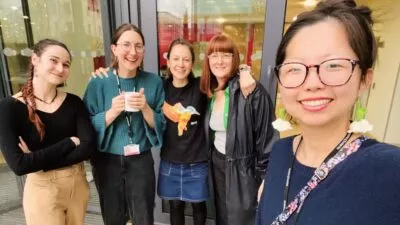
Why do you like working at cxpartners?
Definitely the other people at cx. I’m continually impressed at how considerate, thoughtful, and open to learning and trying new things everyone is, whilst having an enormous amount of expertise and knowledge to draw on across various disciplines.
Part of that is the open and transparent leadership. From the senior leadership, to my ‘pod’, to my line manager, everyone’s genuinely eager for your input in shaping cxpartners’ future. For example, I recently made some suggestions about how we could make our internal operations more sustainable and was delighted when our Deputy MD explored and implemented them within just a few days.
It also feels like a lot of care is taken over supporting and prioritising everyone’s wellbeing. I love the fact I’m able to work a four day week so that I can spend my non-working day on my own projects, such as volunteering. The onus on regular opportunities to take time out of our daily work to come together – such as cx conferences, pod gatherings and social gatherings – is great. As is the support for personal learning and development. Not just the individual training fund we all have but also the copious internal training. In the past month, I’ve taken part in cx bootcamp, bold consultative sales training, and power, privilege and equity in services and products!
Do you have any advice for people looking to get into service design?
I know that my way into service design via research is a really long way round, so I wouldn’t suggest replicating that! But there are so many helpful free resources out there about service design and HCD, from toolkits, training, and communities, to blogs, articles and podcasts. I find myself regularly seeking them out, and that would also be my suggestion of where to start. There can be a lot of jargon to cut through (Human Centred Design in itself is a pretty jargon-y term), but I’d recommend reading / listening / watching as much as you can.
And then the main thing is trying it out. I believe you don’t have to be a service designer to use service design methods and approaches in your work. You can try these out in many jobs to build up your experience, skills and portfolio to talk about at interviews for service design roles. For example, by taking the time to fully understand a problem and how it impacts all humans involved (by asking those people) before coming up with ideas for a solution. Or by testing out a new idea for a product or service in as small a way as possible (for example, by making something and testing it) and then learning and iterating.
Learn more about Employee Spotlight: Katherine Oliver, Senior Service Designer

